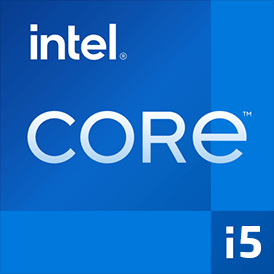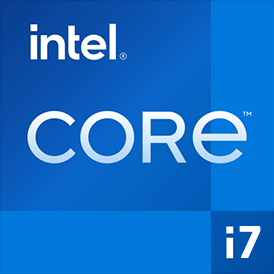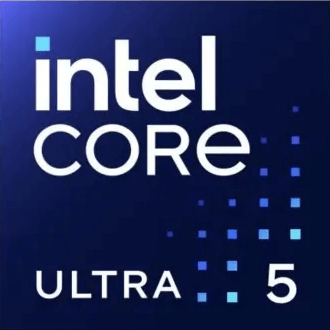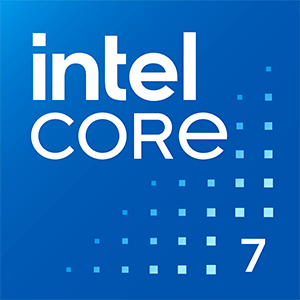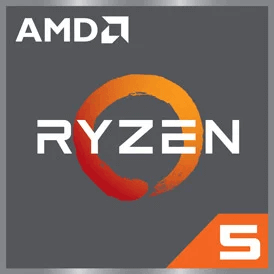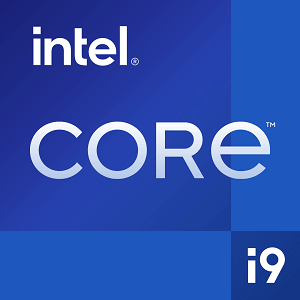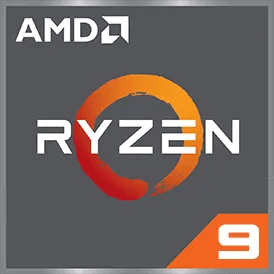Intel Core i5 12450H vs Intel Core i7 7700HQ
We compared two laptop CPUs: Intel Core i5 12450H with 8 cores 2GHz and Intel Core i7 7700HQ with 4 cores 2.8GHz . You will find out which processor performs better in benchmark tests, key specifications, power consumption and more.
Main Differences
Intel Core i5 12450H 's Advantages
Released 5 years late
Better graphics card performance
Higher specification of memory (5200 vs 2400)
Larger memory bandwidth (76.8GB/s vs 37.5GB/s)
Newer PCIe version (4.0 vs 3.0)
Larger L3 cache size (12MB vs 6MB)
More modern manufacturing process (10nm vs 14nm)
Intel Core i7 7700HQ 's Advantages
Higher base frequency (2.8GHz vs 2GHz)
Score
Benchmark
Cinebench R23 Single Core
Intel Core i5 12450H
+85%
1625
Intel Core i7 7700HQ
877
Cinebench R23 Multi Core
Intel Core i5 12450H
+149%
9883
Intel Core i7 7700HQ
3958
Geekbench 6 Single Core
Intel Core i5 12450H
+72%
2093
Intel Core i7 7700HQ
1211
Geekbench 6 Multi Core
Intel Core i5 12450H
+117%
8263
Intel Core i7 7700HQ
3807
Blender
Intel Core i5 12450H
+102%
156
Intel Core i7 7700HQ
77
Geekbench 5 Single Core
Intel Core i5 12450H
+81%
1622
Intel Core i7 7700HQ
896
Geekbench 5 Multi Core
Intel Core i5 12450H
+143%
8410
Intel Core i7 7700HQ
3456
Passmark CPU Single Core
Intel Core i5 12450H
+65%
3434
Intel Core i7 7700HQ
2069
Passmark CPU Multi Core
Intel Core i5 12450H
+151%
17466
Intel Core i7 7700HQ
6955
General Parameters
Jan 2022
Release Date
Jan 2017
Intel
Manufacturer
Intel
Laptop
Type
Laptop
x86-64
Instruction Set
x86-64
Alder Lake
Core Architecture
Kaby Lake
i5-12450H
Processor Number
i7-7700HQ
BGA-1744
Socket
BGA-1440
UHD Graphics (48EU)
Integrated Graphics
HD Graphics 630
Package
10 nm
Manufacturing Process
14 nm
35-45 W
Power Consumption
45 W
95 W
Max Turbo Power Consumption
-
100°C
Peak Operating Temperature
100 °C
CPU Performance
4
Performance Cores
4
8
Performance Core Threads
8
2 GHz
Performance Core Base Frequency
2.8 GHz
4.4 GHz
Performance Core Turbo Frequency
3.8 GHz
4
Efficiency Cores
-
4
Efficiency Core Threads
-
1.5 GHz
Efficiency Core Base Frequency
-
3.3 GHz
Efficiency Core Turbo Frequency
-
8
Total Core Count
4
12
Total Thread Count
8
100 MHz
Bus Frequency
-
20x
Multiplier
-
80 K per core
L1 Cache
128 K per core
1280 K per core
L2 Cache
256 K per core
12 MB shared
L3 Cache
6 MB shared
No
Unlocked Multiplier
No
Memory Parameters
DDR5-4800, DDR4-3200, LPDDR5-5200, LPDDR4x-4267
Memory Types
DDR4-2400, LPDDR3-2133, DDR3L-1600
64 GB
Max Memory Size
64 GB
2
Max Memory Channels
2
76.8 GB/s
Max Memory Bandwidth
37.5 GB/s
No
ECC Memory Support
No
Graphics Card Parameters
true
Integrated Graphics
true
300 MHz
GPU Base Frequency
350 MHz
1200 MHz
GPU Max Dynamic Frequency
1100 MHz
384
Shader Units
192
24
Texture Units
24
12
Raster Operation Units
3
48
Execution Units
24
15 W
Power Consumption
15 W
-
Max Resolution
4096x2304 - 60 Hz
0.84 TFLOPS
Graphics Performance
0.44 TFLOPS
Miscellaneous
4.0
PCIe Version
3.0
28
PCIe Lanes
16
-
Extended Instruction Set
SSE4.1, SSE4.2, AVX-2
